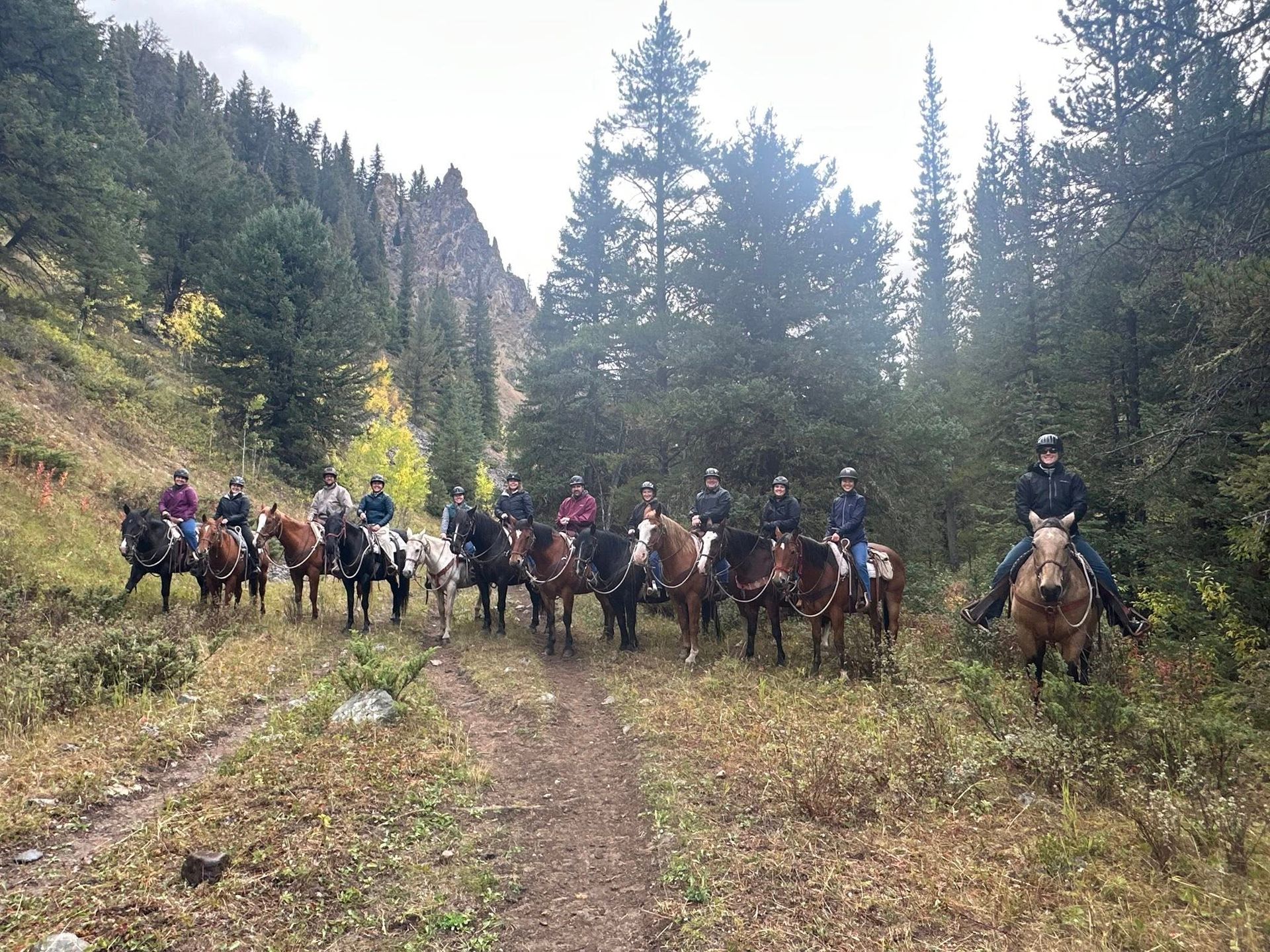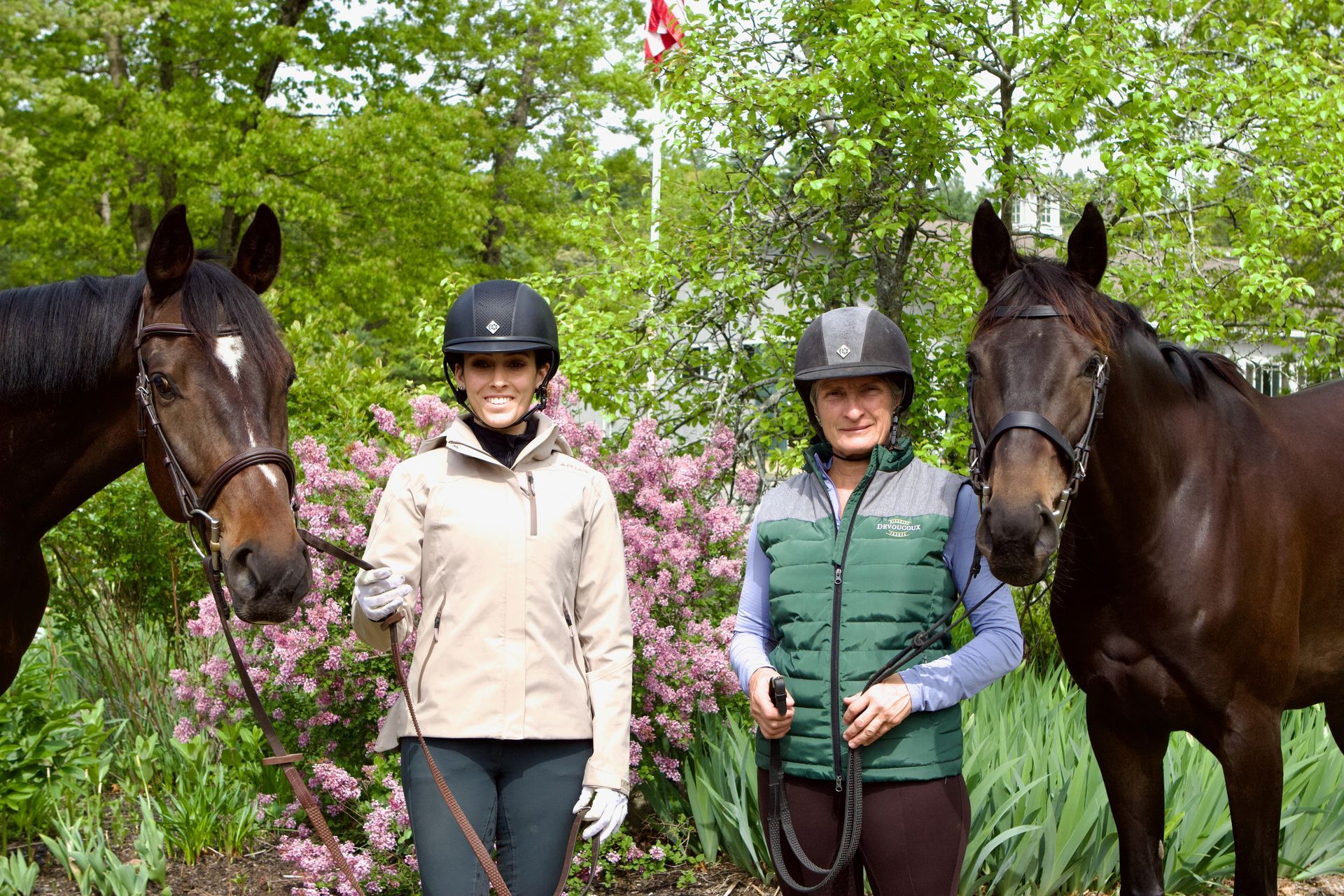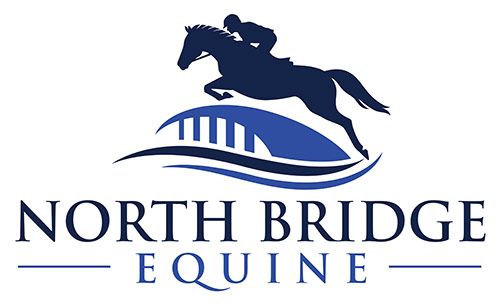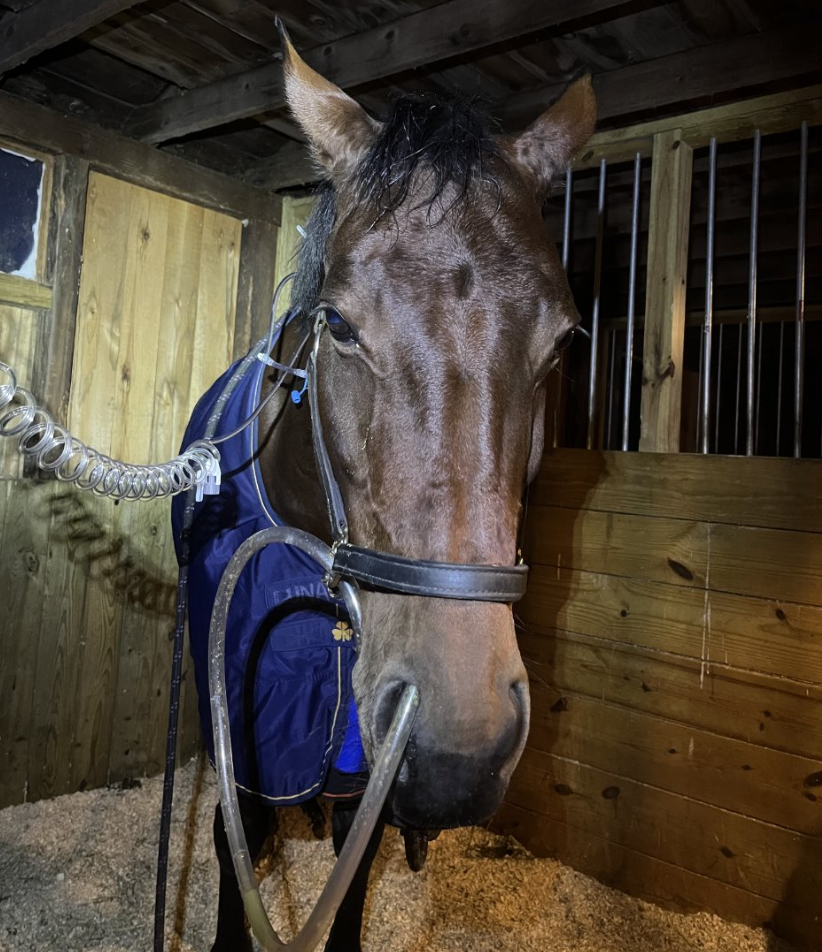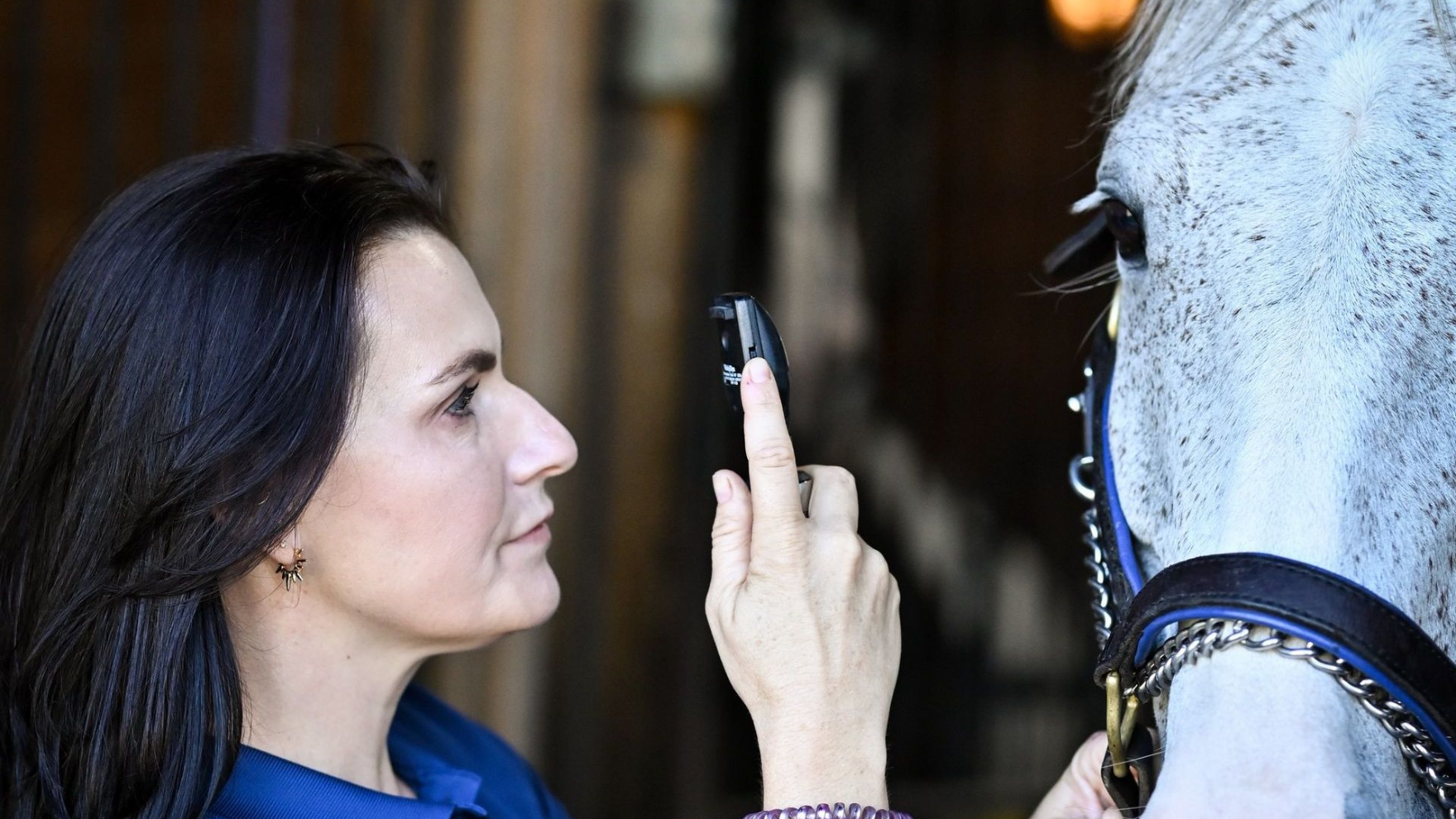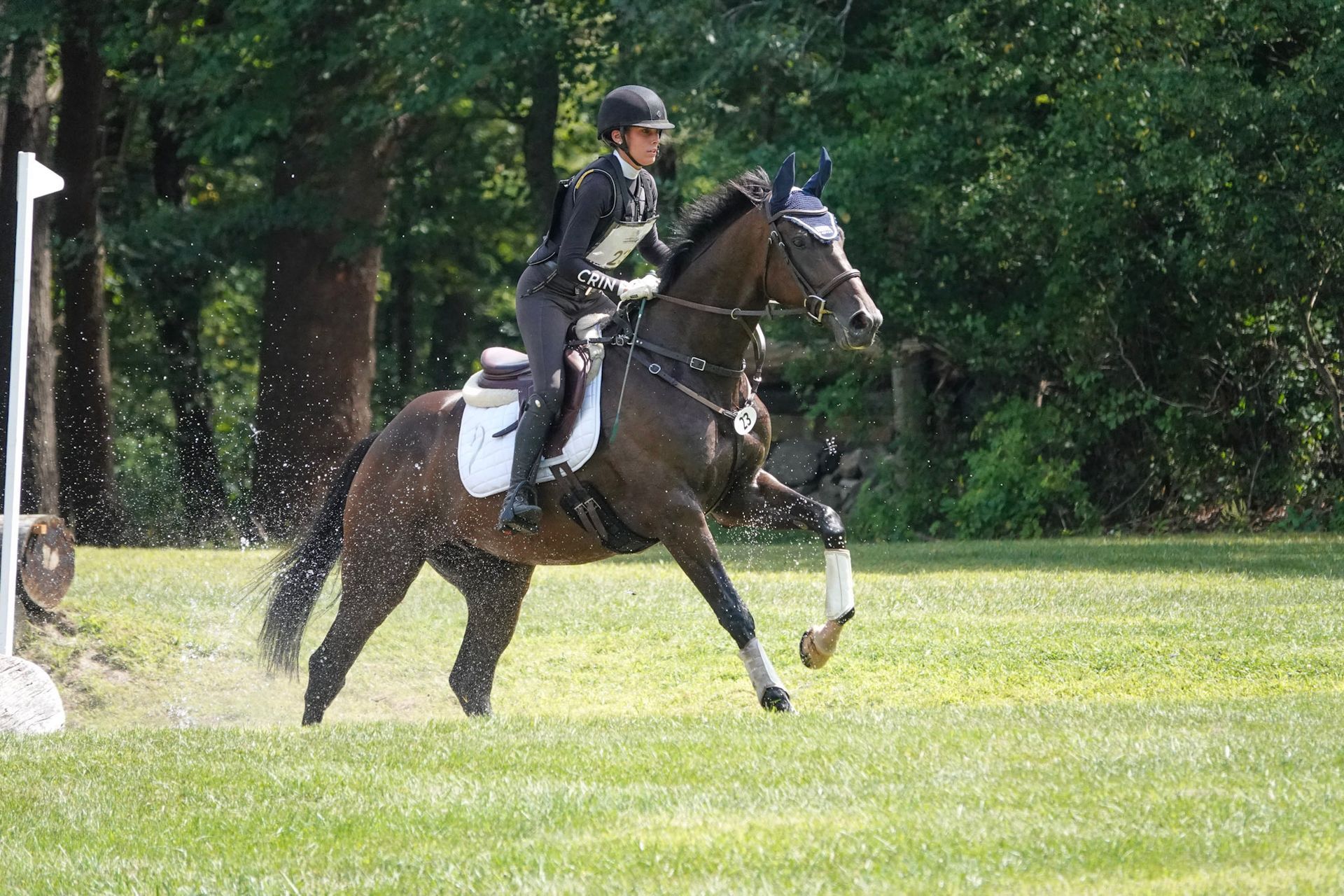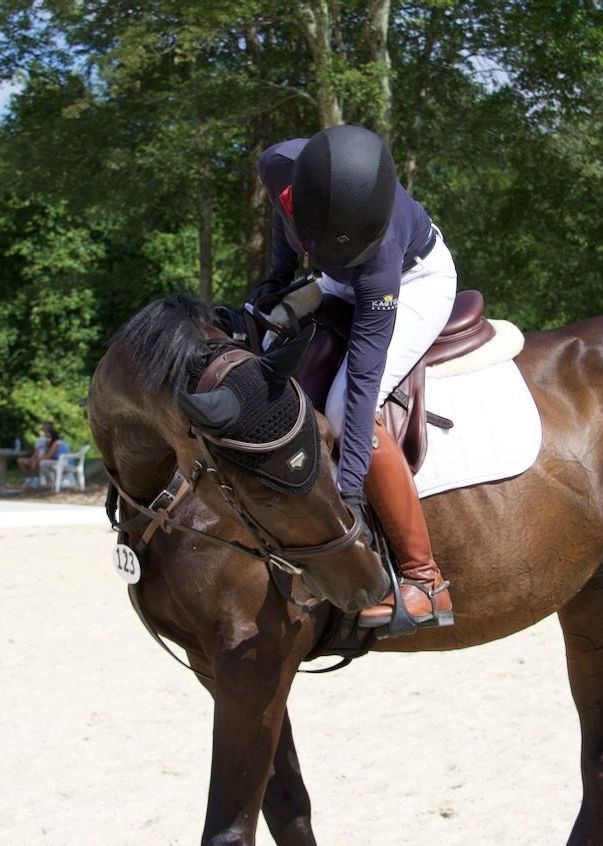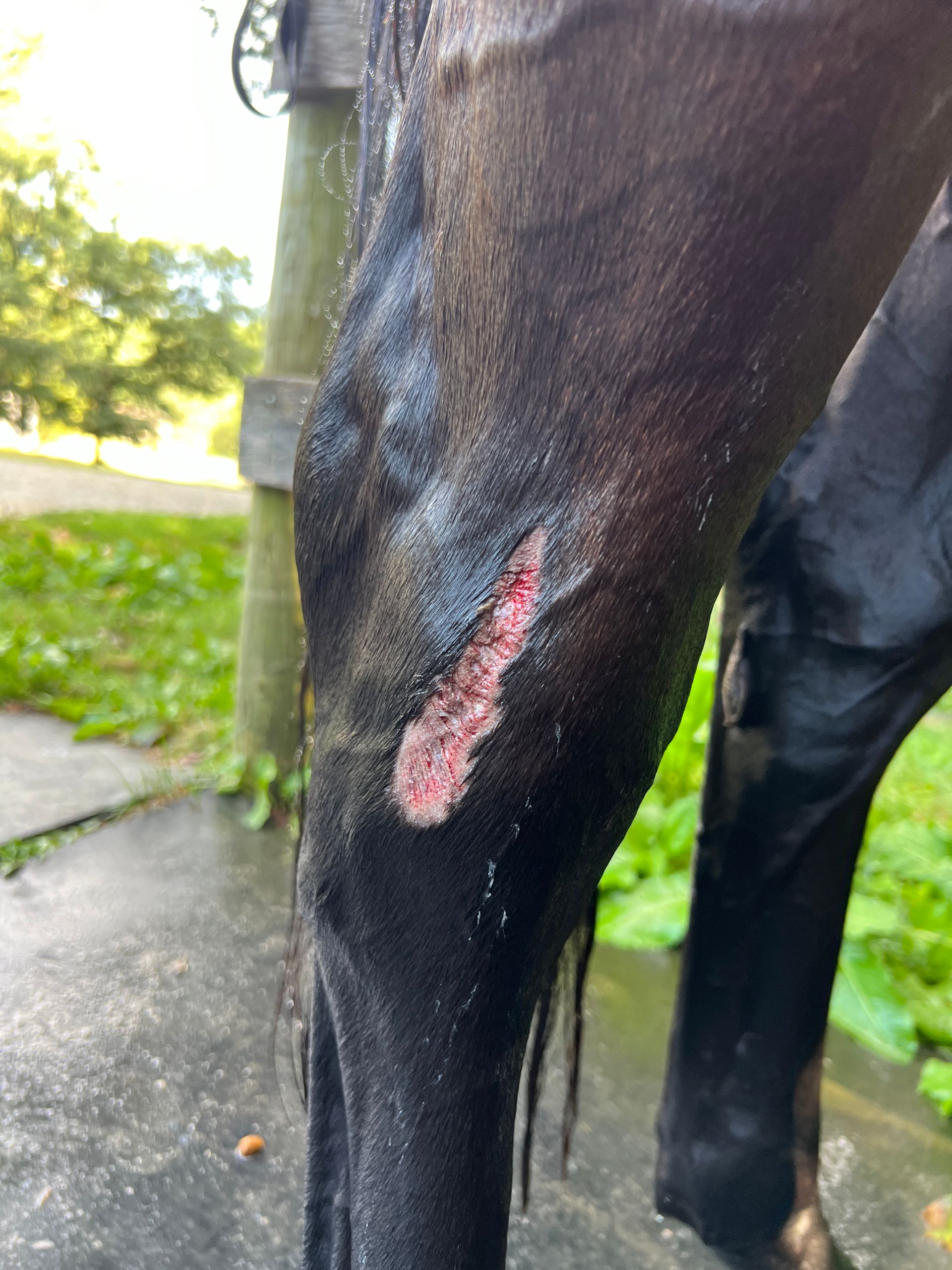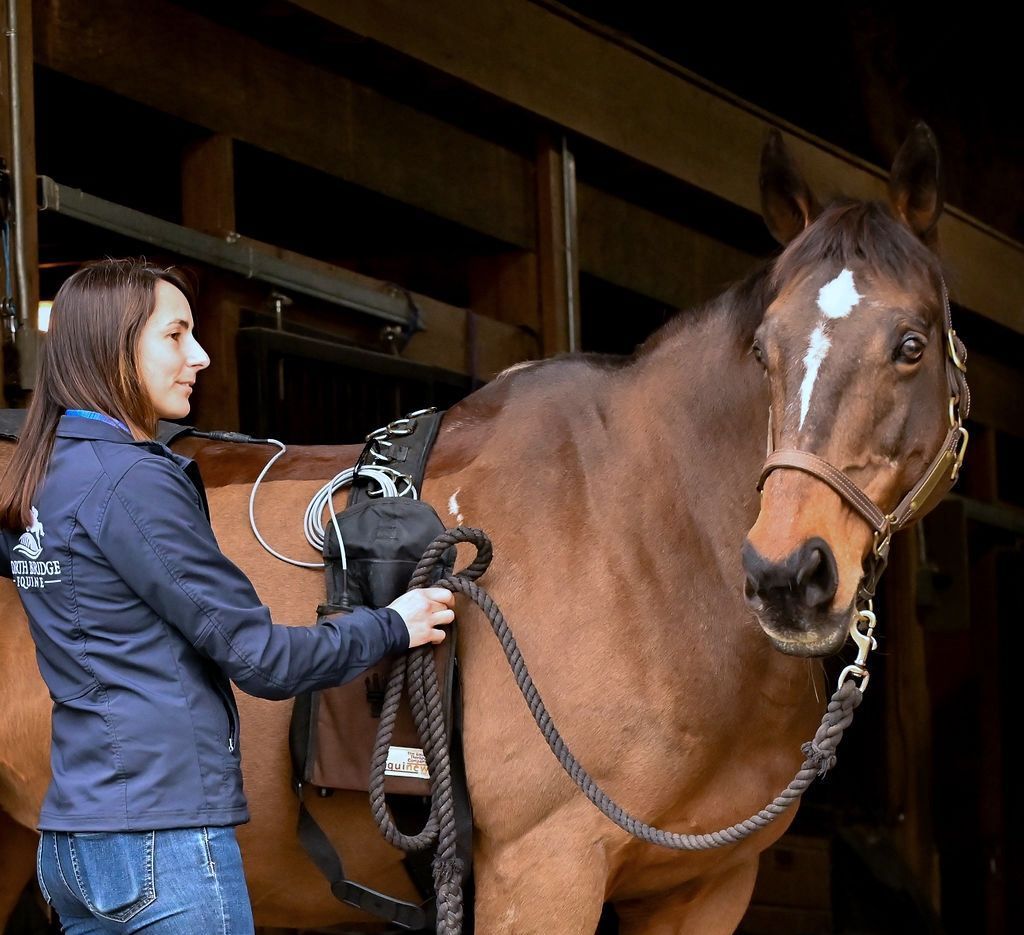Blog
Equine Cushing's Disease: Part I
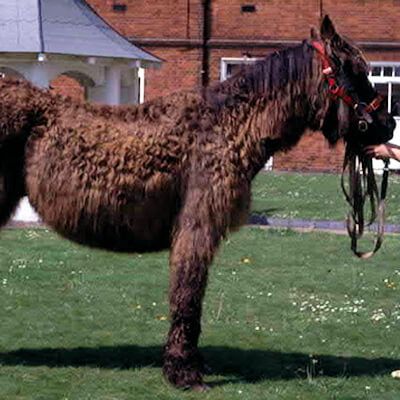
Equine Cushing's Disease , also known as Pituitary Pars Intermedia Dysfunction (PPID) , is a common endocrine disorder that affects horses, ponies, and occasionally donkeys. While it primarily impacts older equines, it's essential for all horse owners and caregivers to understand its causes, symptoms, diagnosis, and management. In this comprehensive guide, we'll delve into the intricacies of Equine Cushing's Disease and explore how to best support horses affected by this condition.
Understanding Equine Cushing's Disease: Equine Cushing's Disease is characterized by the dysfunction of the pituitary gland, which leads to an imbalance in hormone production, particularly an overproduction of cortisol. The pituitary gland, located at the base of the brain, regulates various bodily functions, including metabolism, immune response, and stress management. When it malfunctions, as in the case of Cushing's Disease, it can have far-reaching effects on the horse's health and wellbeing.
The exact cause of Equine Cushing's Disease remains unclear, but it is believed to involve changes in the regulation of the hypothalamic-pituitary-adrenal (HPA) axis. Factors such as age, genetic predisposition, and environmental influences may contribute to its development. Additionally, research suggests that certain breeds, such as ponies and Morgans, may be more susceptible to the condition.
Symptoms: Recognizing the symptoms of Equine Cushing's Disease is crucial for early detection and intervention. Common signs include:
- Abnormal hair growth, such as a long, curly coat that fails to shed.
- Excessive sweating, particularly in areas where the hair is thick.
- Increased thirst and urination.
- Muscle wasting and loss of topline.
- Fatigue and lethargy.
- Pot-bellied appearance.
- Recurrent infections, including hoof abscesses and respiratory issues.
- Laminitis: This is the most devastating effect of Equine Cushing's Disease. Laminitis is due to the toxic effect of the persistent elevated ACTH levels on the lamina of the horse's foot
Diagnosis: Diagnosing Equine Cushing's Disease typically involves a combination of clinical signs and blood tests. We will perform tests to measure adrenocorticotropic hormone (ACTH) levels, which are often elevated in affected horses. The TRH Stimulation test (see our next post: Equine Cushing's Disease Part II) is a much more specific test and allow us to diagnose horses with early and sometime subclinical Cushing's disease
Management: While there is no cure for Equine Cushing's Disease, effective management strategies can help control symptoms and improve the horse's quality of life. Treatment options may include:
- Medications: The most important part of management is the use of Prascend (Pergolide). Prascend is a dopamine agonists helps to regulate hormone levels and improve clinical signs.
- Dietary modifications: A balanced diet low in sugars and carbohydrates can help prevent weight gain and insulin resistance, which are common complications of Cushing's Disease.
- Regular exercise can help maintain muscle tone and overall health.
- Routine veterinary care: Regular monitoring of ACTH levels and clinical signs is essential for adjusting Prascend dose. We recommend testing ACTH levels once year.
Conclusion: Equine Cushing's Disease poses significant challenges for both horses and their caregivers, but with early detection and proactive management, affected animals can lead fulfilling lives. By understanding the causes, symptoms, diagnosis, and treatment options associated with this condition, horse owners can provide the best possible care for their equine companions. Collaboration between veterinarians, caregivers, and equine specialists is key to managing Equine Cushing's Disease effectively and promoting the health and wellbeing of affected animals.
Recent Posts
